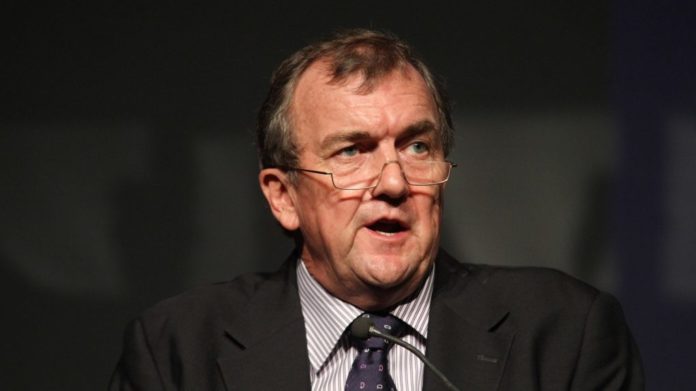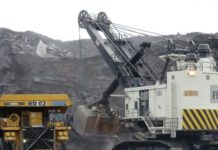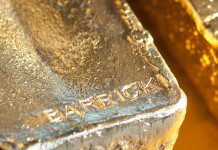
BARRICK Gold has switched its attention from copper industry merger and acquisition activity towards exploration following the improvement in the price of the red metal over the last 12 months.
“It’s forced me to pivot towards exploration. It’s taken about two years to get the exploration team competent so they can do what I want them to do,” said Mark Bristow, CEO of Barrick Gold, in an interview.
“Maybe I wasn’t aggressive enough, but it shows we were right,” he added, referring to informal discussions he held with Freeport McMoRan in late 2019 and early 2020 about the takeover of its giant copper mine, Grasberg, in Indonesia.
Bristow said the group had “learned a lot” about the central African copperbelt and that there were also short lead time projects that could be opened up in the group’s South American portfolio of copper/gold mines, such as its Zaldivar joint venture in Chile. “We are actively working in South American where governments are friendlier,” he said.
The company had also held recent talks with Pakistan prime minister, Imran Khan, in which Barrick through its joint venture company, Tethyan Copper Company, could “back an award” of $5.84bn into the development of the $3bn Reko Diq copper project, described previously by Barrick as having a 50-year life of mine.
The copper price has been hovering around $10,000 tons in the last seven days – its highest price in a decade – partly owing to concerns about supply. A strike among port workers in Chile followed by the country’s finance committee proposing new royalties on copper have raised serious concerns about short and long-term future supply.
According to a Goldman Sachs report today, the world copper market would flip into a deficit this year. “Our commodities team [is] expecting a 242,000 t deficit in 2021,” the bank said. “Chile will put a lot of pressure on its copper mines,” said Bristow.
He estimated that net revenue from copper would comprise about a fifth in the current financial year, up from 13% of total last year. Revenue from copper in the first quarter was 31% higher, Barrick Gold said.
SHAREHOLDER PAYOUTS
Barrick today unveiled a nine US cents per share quarterly dividend, which will be topped up by a three-tranche return of capital distribution totaling $750m through the year. All in all, Barrick planned $1.2bn in shareholder payouts comprising announced dividends and a capital returns programme.
“That’s basically what we earned from cleaning up our portfolio (non-core asset sales totalled approximately $1.5bn),” said Bristow. “We are different in that we’re a business; not corporate. So this is what we can afford,” he said.
“We need to beef up the balance sheet and now is not the time for taking on debt,” he said, adding that once there was better visibility in the gold market, the group might revisit its dividend policy.
Commenting on the gold market, he said: “What we are seeing now is definitely more conversations about inflation. I don’t expect to see a lot of liberal fiscal policies so when the market normalises, whatever that is, it will be very distorted.”
FIRST QUARTER
Barrick reported a one fifth decline in first quarter net earnings which came at $538m compared to $685m in the fourth quarter. First quarter earnings in Barrick’s 2020 financial year were $400m.
On an adjusted share earnings basis, Barrick posted 29 cents per share for the first quarter, 17% lower. However, year-on-year, the first quarter was nearly double the 16c a share reported in 2020.
The group produced about 100,000 ounces less gold – first quarter production was 1.1 million oz – whilst the realised gold price at some $1,777/oz – was also lower, down about 5% quarter-on-quarter.
However, net cash increased by $500m following operating cash flow of $1.3bn, free cash flow of $800m, and despite an advanced tax payment to the state of Nevada.
Barrick said its tier one gold mines delivered strong financial performances whilst revenue from its copper mines rose by 31% due to higher copper prices.
Production in the latter half of the year is expected to be higher than the first, mainly due to mine sequencing at Nevada Gold Mines, the commissioning of the new leach pad facility at Veladero in Argentina, the ramp-up of underground mining at Bulyanhulu and higher anticipated grades at Lumwana in Zambia.
Full year production guidance has been put at between 4.4 million and 4.7 million oz.










